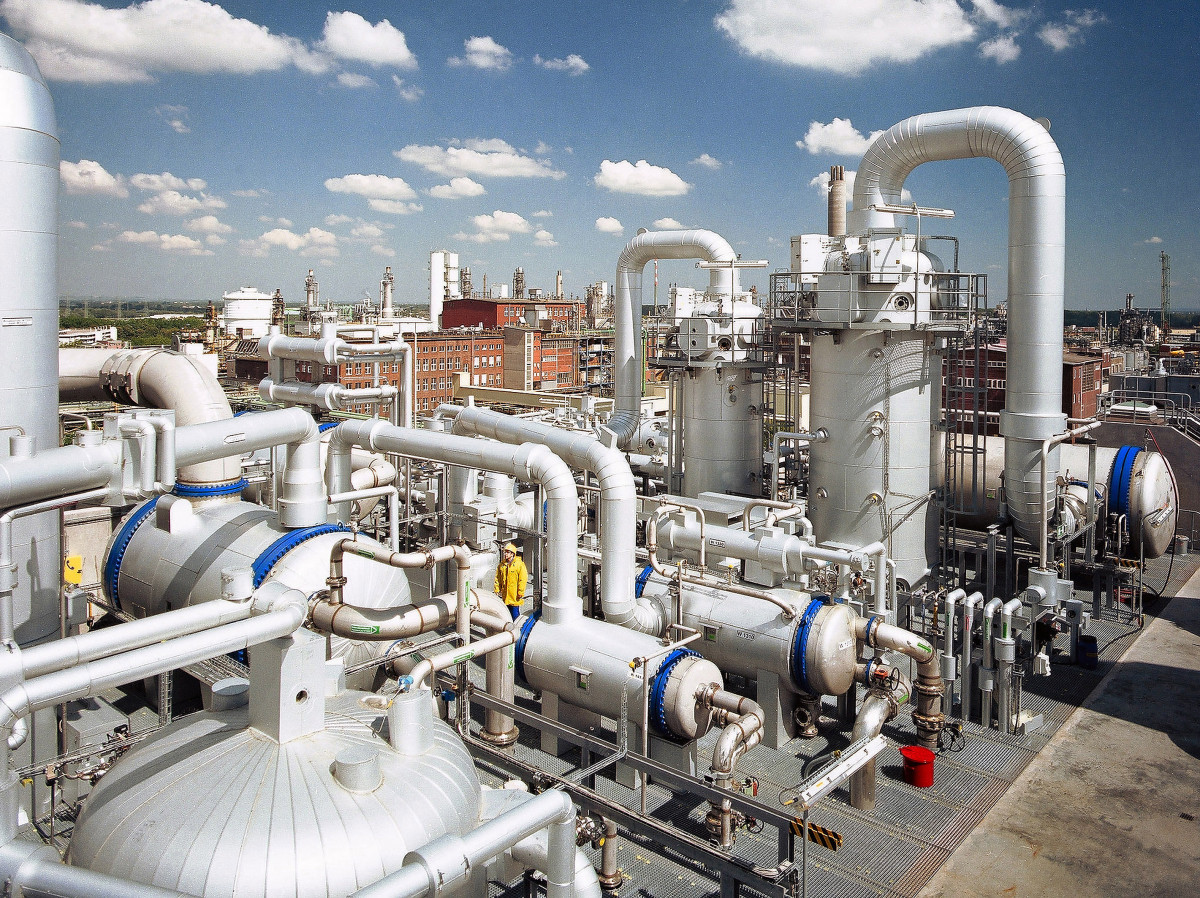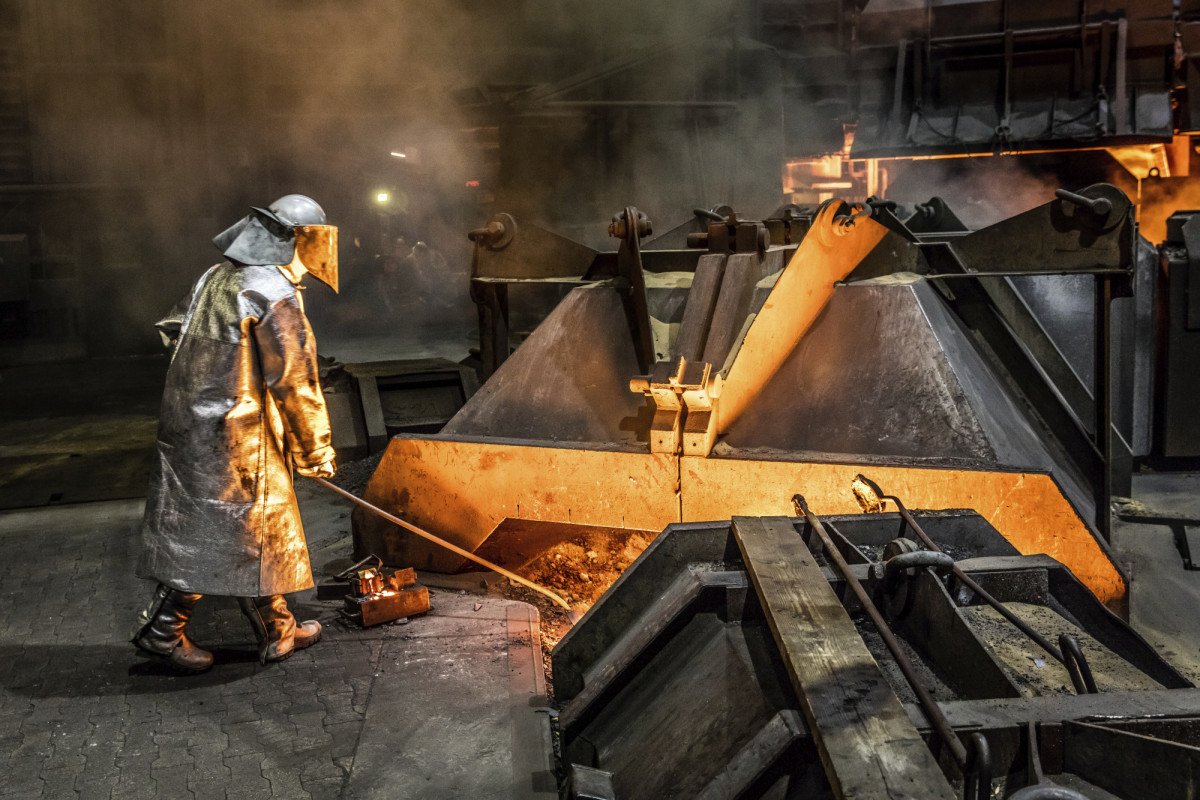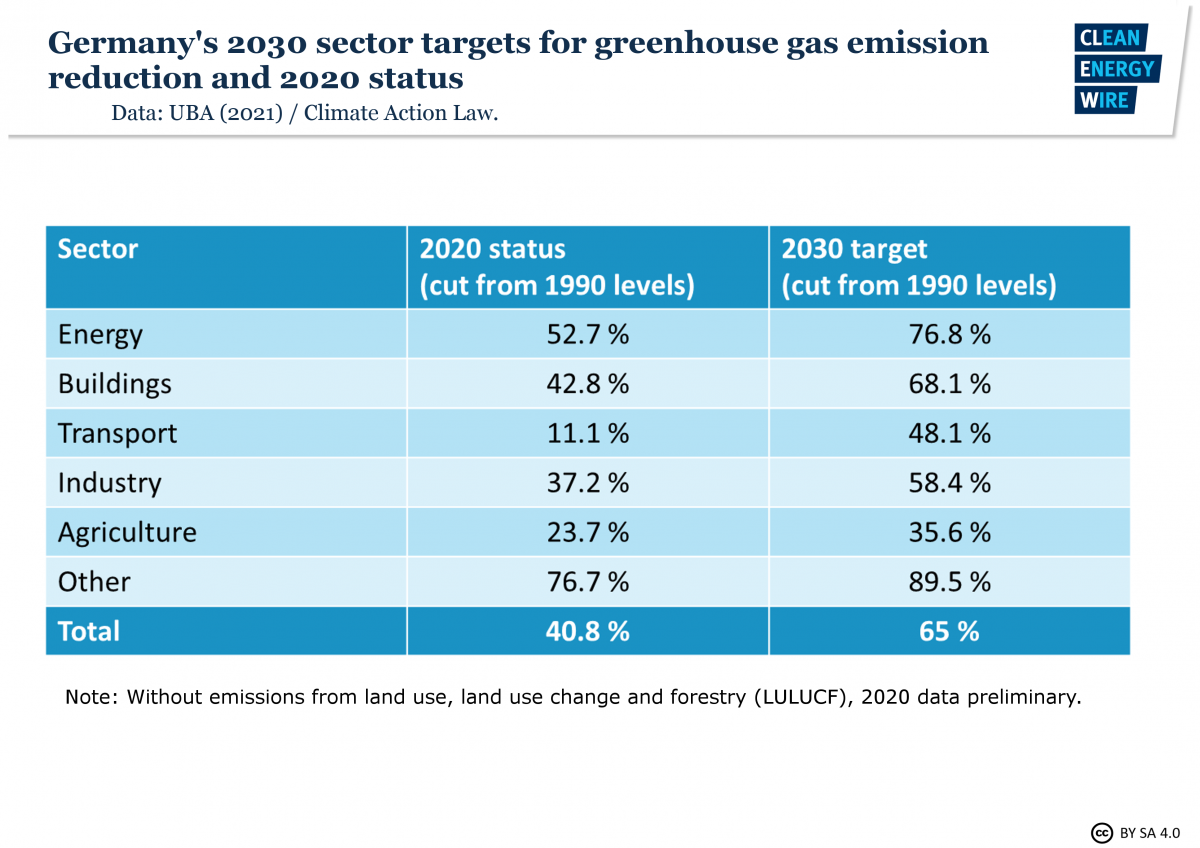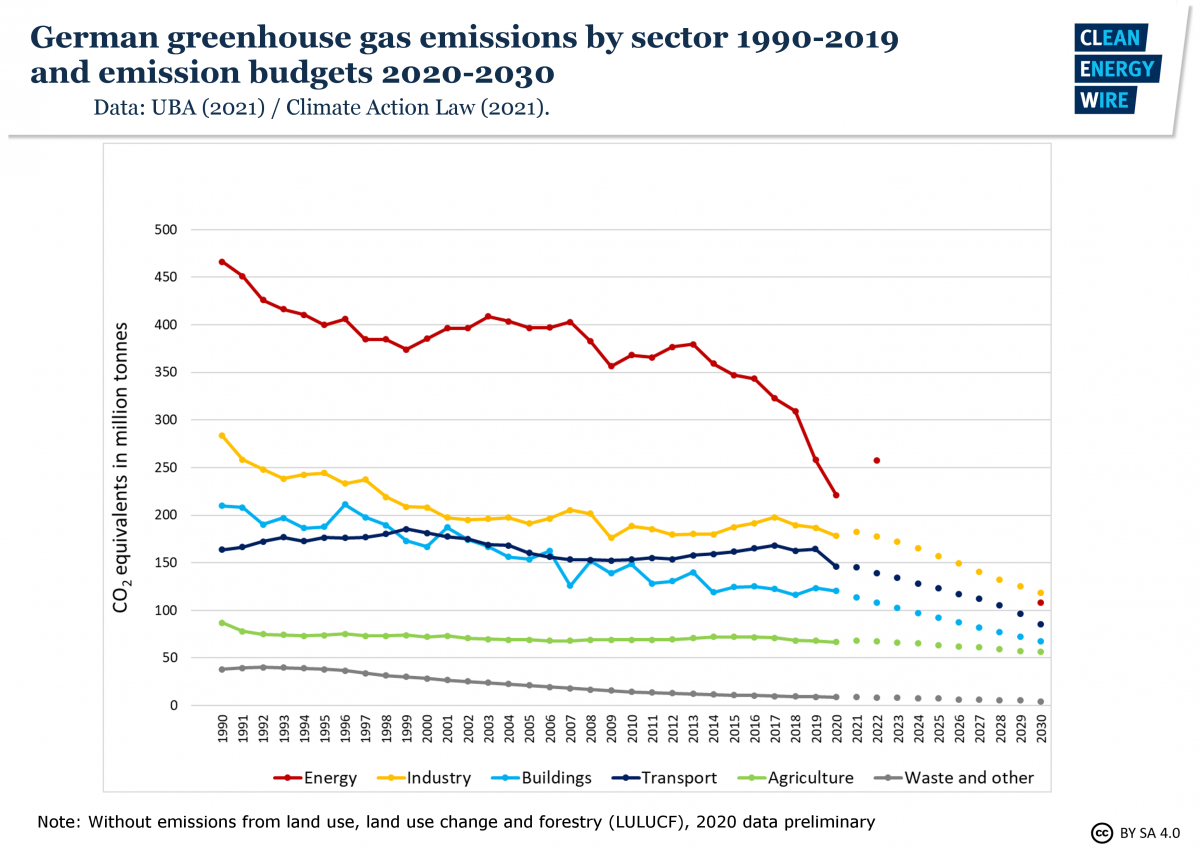German election primer – Parties set sights on industry decarbonisation
For background on industry decarbonisation, read our dossiers Germany gets serious about decarbonising its prized heavy industry and Hydrogen push ignites next stage of Germany's energy transition, as well as the factsheet The EU's carbon border tax debate – emission reduction panacea or recipe for trade war?
For more background on the role of climate-related topics in the election, see our dossier German elections set the scene for key decade of energy transition.
What role does industry decarbonisation play in the election campaign?
- Germany's response to climate change is one of the most important topics in this election campaign, and preserving Germany's mighty industry during the transition to a zero-emission economy is a major concern. Making the energy transition a success story for German industry has become an election mantra often repeated by candidates.
- The topic of industry decarbonisation has entered all major parties' election programmes for the first time, but details on policy instruments remain a specialist subject that has not been widely discussed. The three parties currently leading the polls - Chancellor Angela Merkel's conservative CDU/CSU alliance, the Social Democrats (SPD) and the Greens – all plan state support to trigger investments in low-carbon technologies in the form of Carbon Contracts for Difference (CCfDs, more on these below). Most experts consider these necessary to trigger the deep industry emission cuts crucial to reach the climate targets, because many key low-emission technologies remain more expensive than conventional carbon-intensive methods. Proponents argue the contracts will allow the scaling up of low-emission technologies, and thus bring prices down.
Why is industry decarbonisation a big issue in Germany?
- Industry is central to Germany's overall economic prowess and its success as an exporting country. Industry’s share of total economic output, stable at a whopping 23 percent for two decades, is much higher than in most other developed countries.
- Germany’s manufacturing industry employs around seven million people (out of a labour force of about 44 million), and roughly 15 percent of them work in energy-intensive sectors.
- The government, economists and businesses agree that Germany’s highly competitive industry is the key to the energy transition’s success -- or failure. Germany is directly responsible for less than three percent of the world’s CO2 emissions. But the indirect effect of demonstrating the rest of the world how a big industrial economy can successfully switch to clean energy could have a real impact on global emissions.
What are Germany's climate targets for the industry sector?
- Germany's entire industry is responsible for around a quarter of the country's greenhouse gas emissions, and the energy-intensive industry for around a fifth. It's the second most emission-intensive sector behind energy generation.
- German industry’s emissions were 37 percent below 1990 levels in 2020. The sector will have to achieve a decrease of more than 58 percent by 2030, according to Germany's Climate Action Law. This corresponds to a cut from around 180 million tonnes CO2 equivalents to 118 million tonnes.
What's the state of play in Germany's industry decarbonisation?
- German industry has seen a stagnation in emissions reduction over the last decade as efficiency gains were eaten up by economic growth (see graph). This has led to the realisation that marginal improvements are no longer sufficient to achieve deep emission cuts, and that fundamentally new processes are required.
- Only a few years ago, it was widely assumed that industry decarbonisation will only begin in earnest after 2030. But given the sector's long investment cycles, – for example, a new steel furnace is usually operated for many decades - earlier action is required. It is now widely accepted that major new investments must be compatible with the climate targets.
- German industry used to be highly critical of the energy transition, but this has changed as many companies now see it as a great business opportunity. Moreover, the country's climate targets have become binding. As recently as a few years ago, industry heavily criticised that a fast rollout of renewables could push up power prices. Today, the powerful industry lobby group BDI is more concerned that renewables expansion is not fast enough to keep pace with industry decarbonisation plans, which will require massive amounts of green electricity.
- Many major players have elaborate plans for low-carbon investments, but say they must wait for suitable framework conditions and/or financial assistance to make them affordable. For example, the chemical industry has presented a net-zero roadmap, and the government published an "action concept" for the steel industry.
- The government last year presented a roadmap for establishing a "hydrogen economy," which is central for industry decarbonisation.
- There has been little progress in establishing a circular economy, which is also considered vital for reaching the climate targets, because higher recycling rates can replace the considerably more carbon-intensive primary production of metals, cement and many other products.
What do the parties plan?
- In contrast to previous elections, industry decarbonisation now features prominently in all major party programmes (see graph). The proposals by the SPD, the conservatives and the Greens are not that far apart and involve a large-scale rollout of Carbon Contracts for Difference (CCfDs).
- CCfDs effectively guarantee a high and stable CO2 price to make investments in low-emission technologies competitive and give companies the planning security they need to switch to climate-neutral production. The state would conclude long-term contracts with companies that cover the difference between the price of emission allowances in the European emissions trading system ETS and the contract price, thus effectively ensuring a guaranteed carbon price for the project. The current price of emissions alone is insufficient to trigger many low-emission industry projects because their costs for avoiding a tonne of CO2 emissions often far exceed the current price for carbon allowances traded in the ETS.
- Only the pro-business Free Democrats (FDP) want less government involvement and are against CCfDs, arguing that a rapidly rising CO2 price alone would achieve the same goal more efficiently. But many experts doubt this strategy would work because the costs of avoiding CO2 in many industries are too high. The FDP’s stance could become important because according to recent polls, the party could become part of a new government in various coalition options.
- Many experts and companies say Germany will also need a CO2 infrastructure that includes Carbon Capture and Storage (CCS) and/or Carbon Capture and Usage (CCU), but major parties have dodged the issue entirely because it is very unpopular with voters.
What has the outgoing government achieved?
- Overall, industry decarbonisation has made little headway under the outgoing government. Most importantly, the government failed to establish the right framework conditions for large-scale emissions reduction, and it also failed to ensure a smooth and rapid rollout of renewable power, which is key for industry decarbonisation.
- Many experts have welcomed the government's hydrogen and steel strategies in principle. But they have also described them as general visions that lack concrete steps to turn them into reality quickly.
- The environment ministry has launched a CCfD pilot programme, which is relatively limited in scope but is considered useful to gain experience.
- The government has founded the competence centre on climate change mitigation in energy-intensive industries (KEI), an interdisciplinary think tank that aims to foster innovations for a climate-neutral industry and advises industries in emissions reduction.
All texts created by the Clean Energy Wire are available under a
“Creative Commons Attribution 4.0 International Licence (CC BY 4.0)”
.
They can be copied, shared and made publicly accessible by users so long as they give appropriate credit, provide a
link to the license, and indicate if changes were made.






